School of Engineering AERO2481: Aircraft Performance Assignment
VerifiedAdded on 2023/03/20
|24
|1245
|52
Homework Assignment
AI Summary
This document provides comprehensive solutions to an Aircraft Performance assignment, addressing key concepts in aerospace engineering. The assignment encompasses calculations for thrust required at different altitudes and velocities for the Beechcraft Queen Air, maximum velocity graphs, and drag calculations. It also includes analysis of the Fairchild Republic A-10, involving power and velocity calculations at sea level and altitude. Further questions explore wind tunnel experiments, moment coefficient determination, and the impact of horizontal tails on aircraft stability. The assignment also covers finite wing analysis, lift-to-drag ratio calculations, and skin friction drag estimation, providing a thorough examination of aircraft performance metrics.
1 out of 24
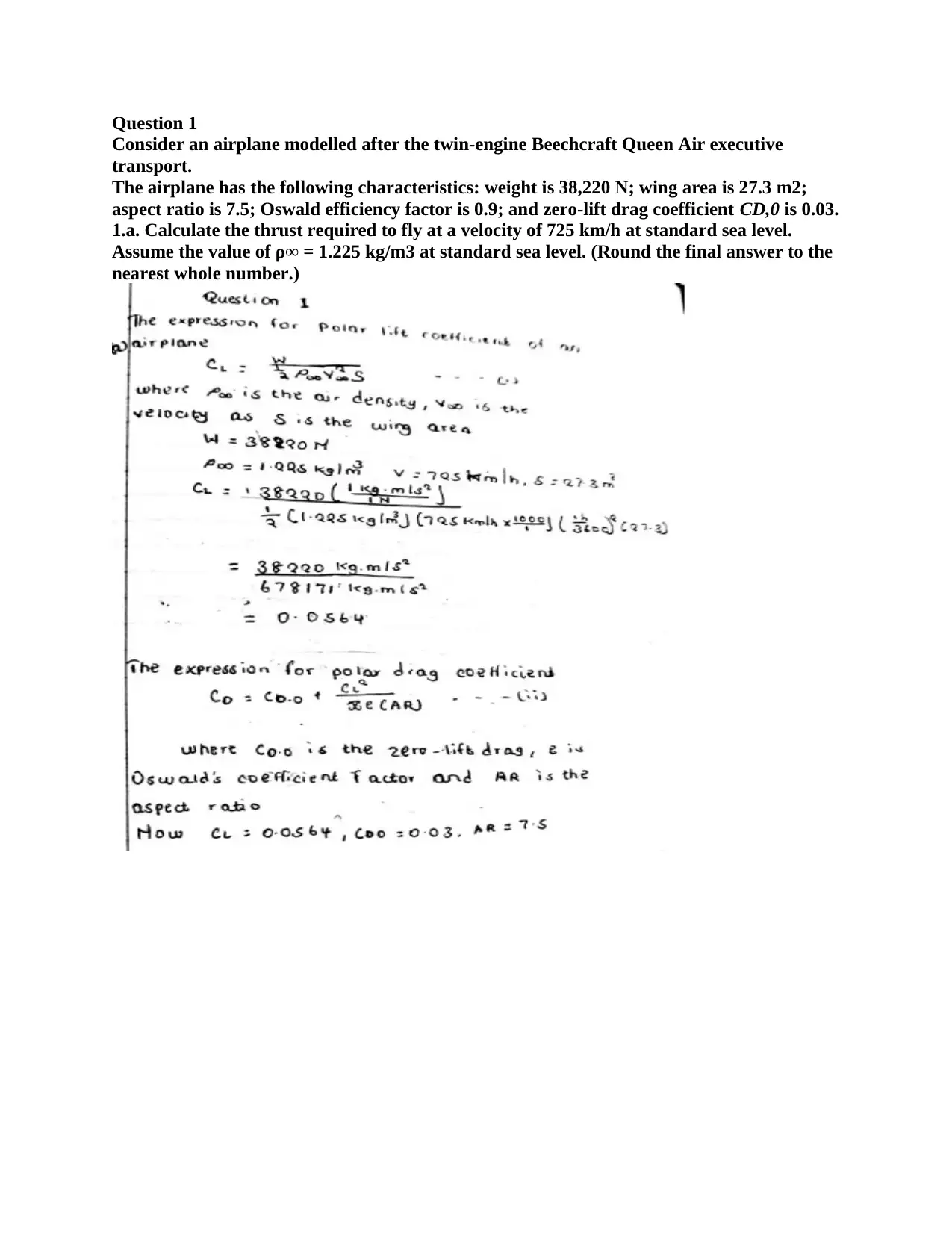
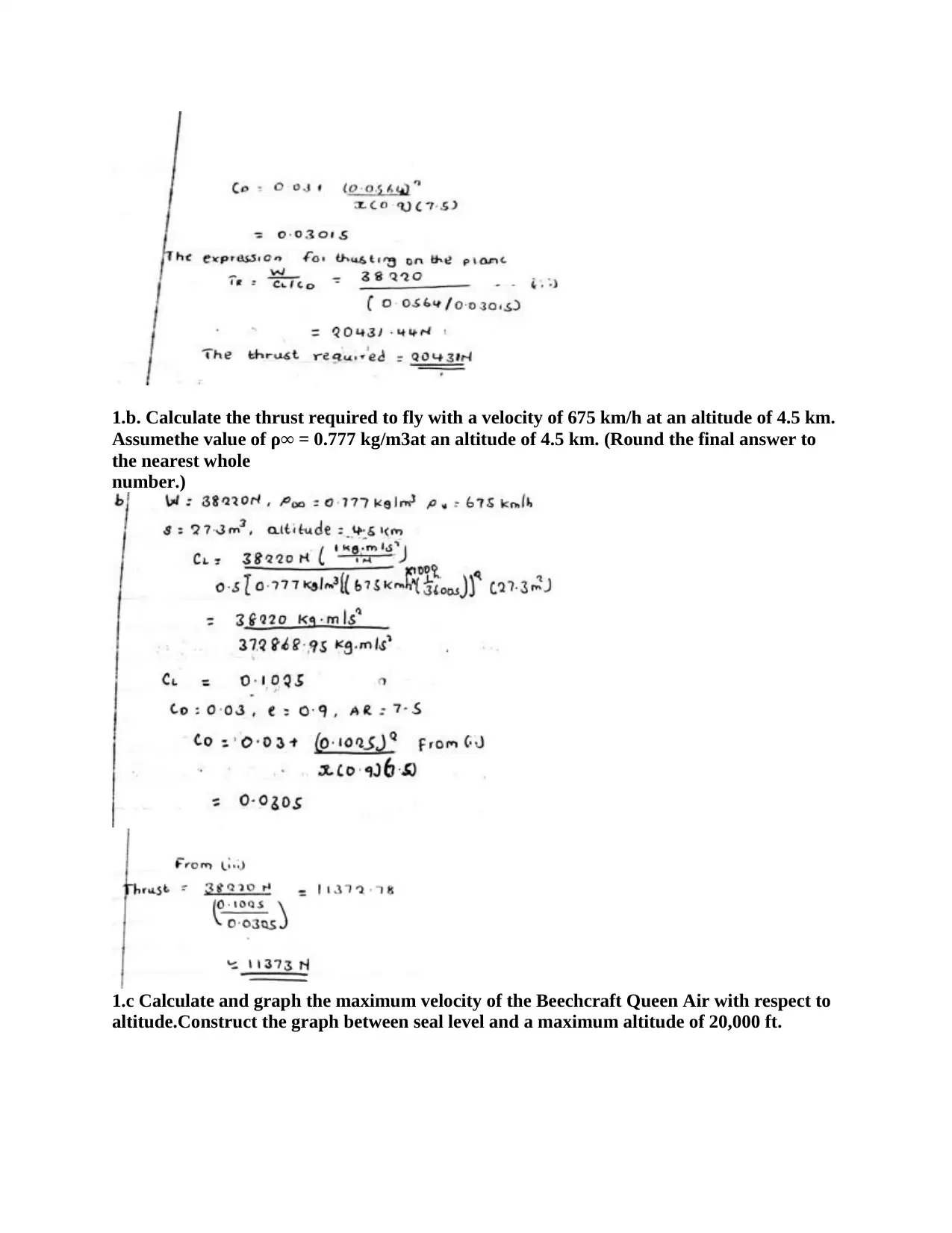
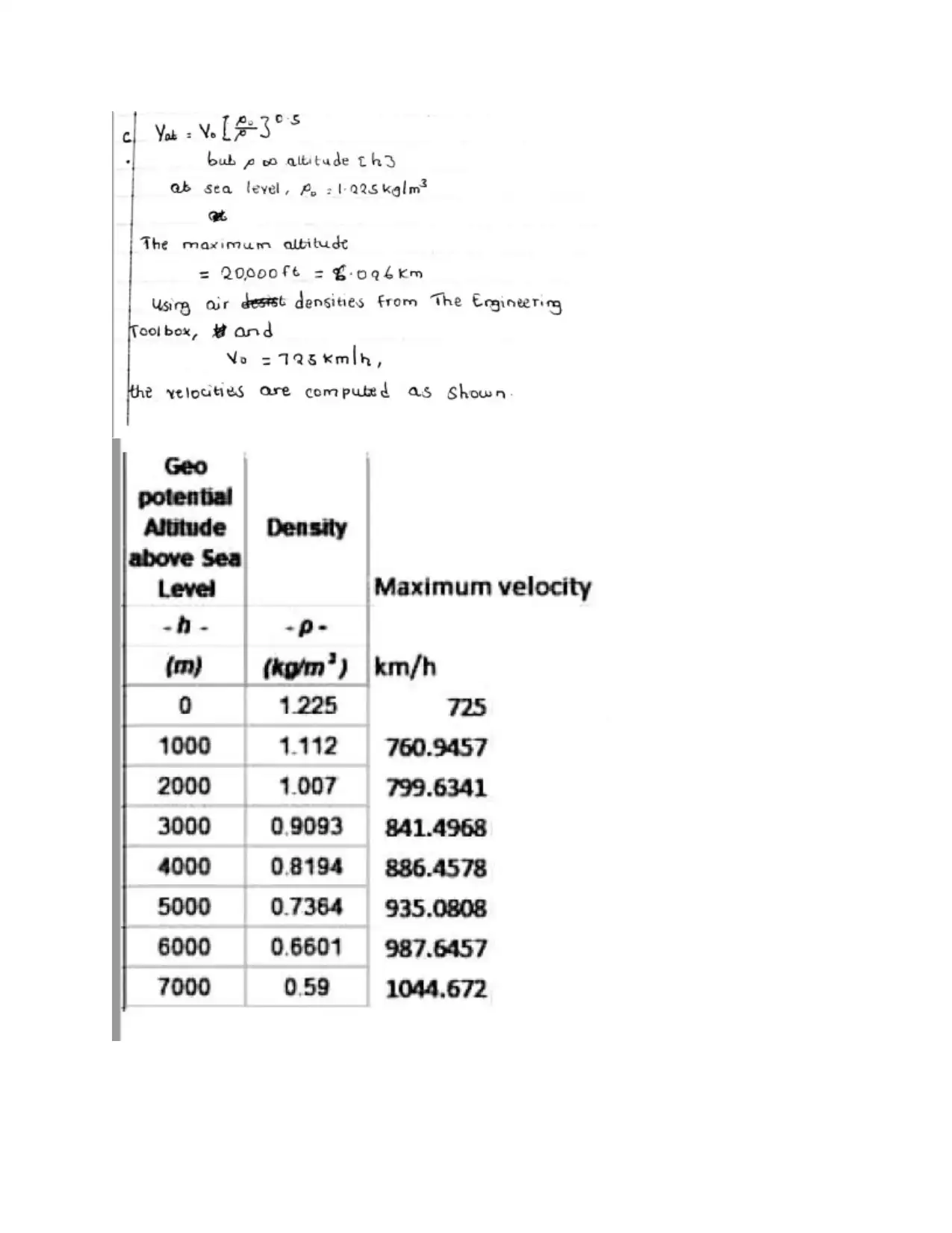

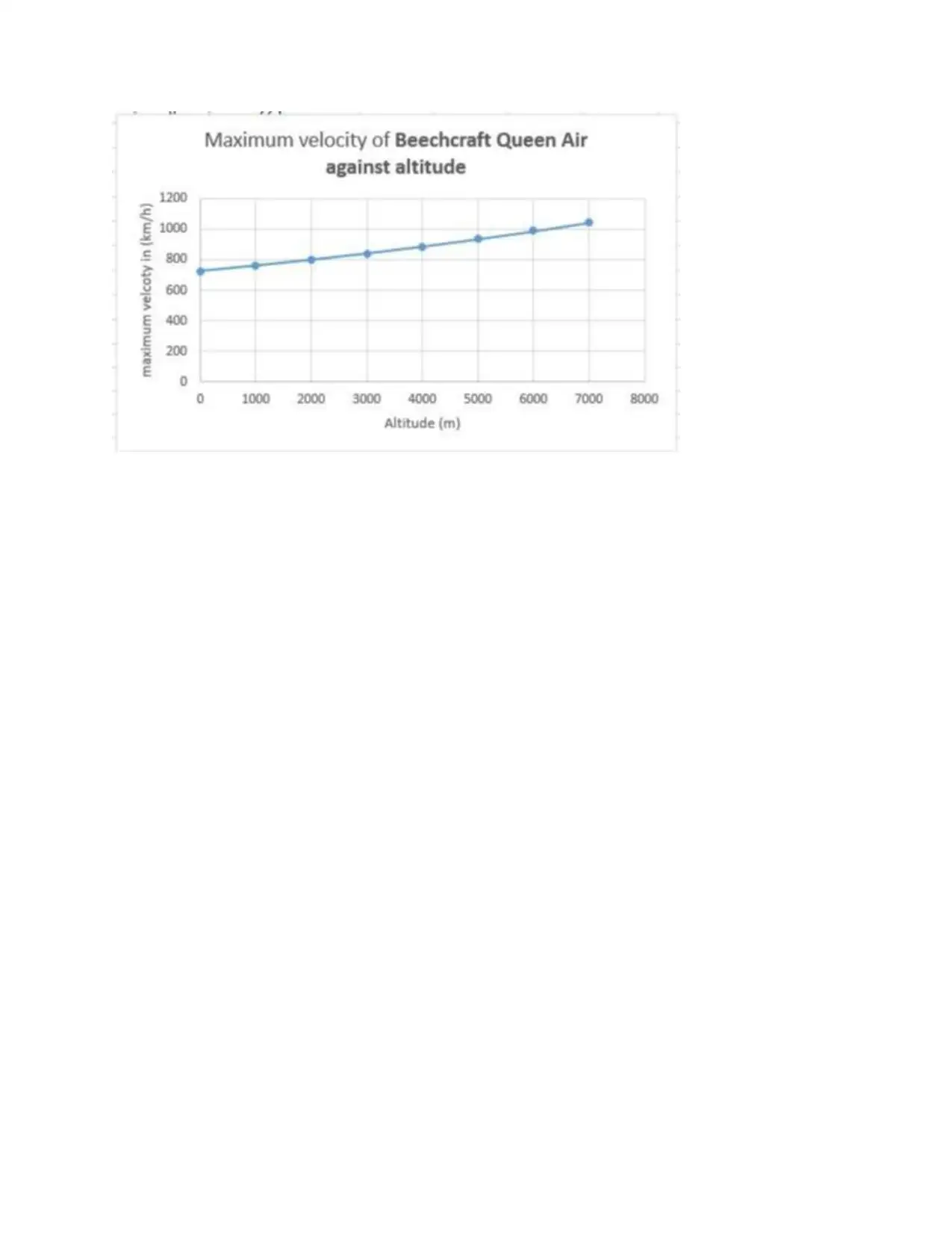
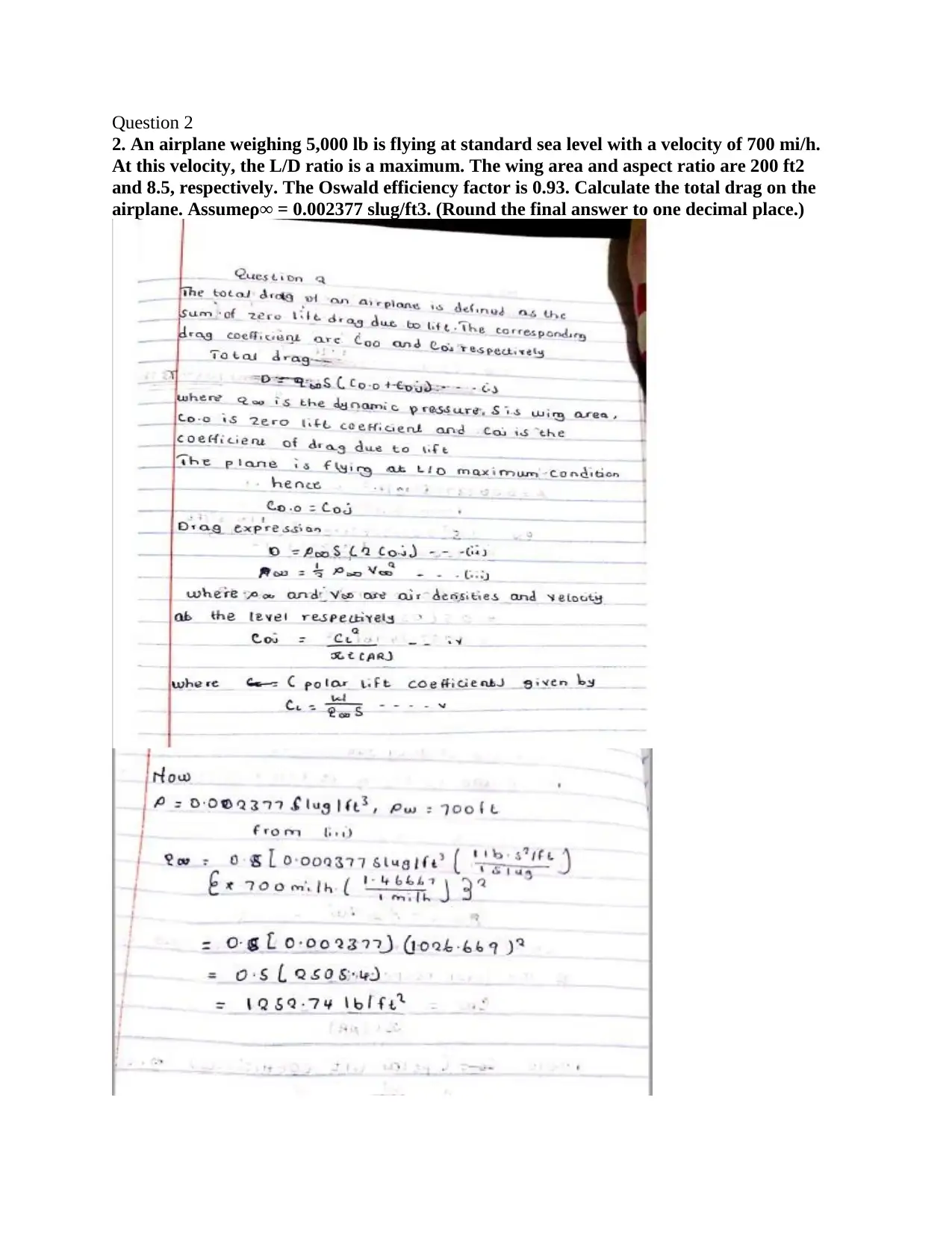
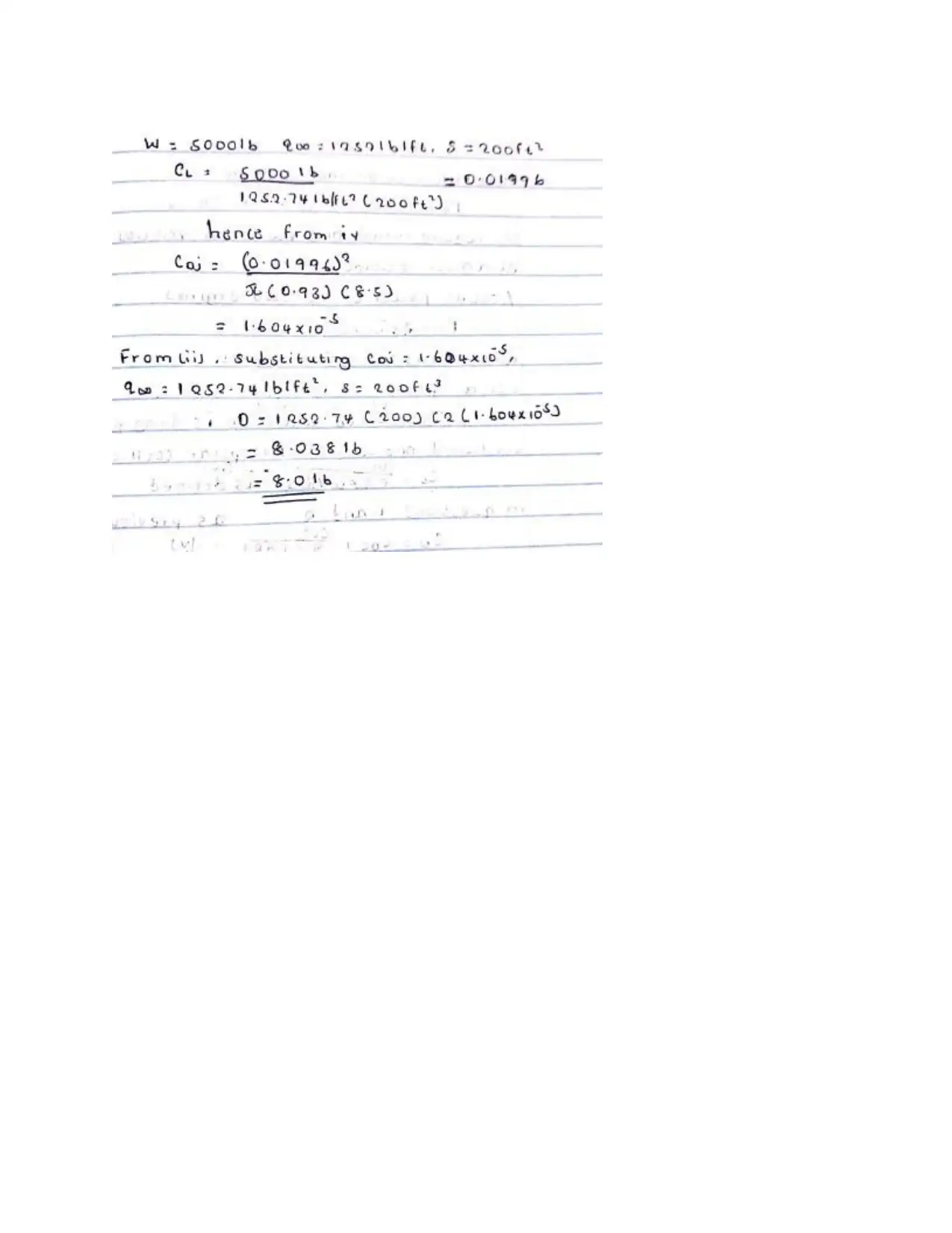
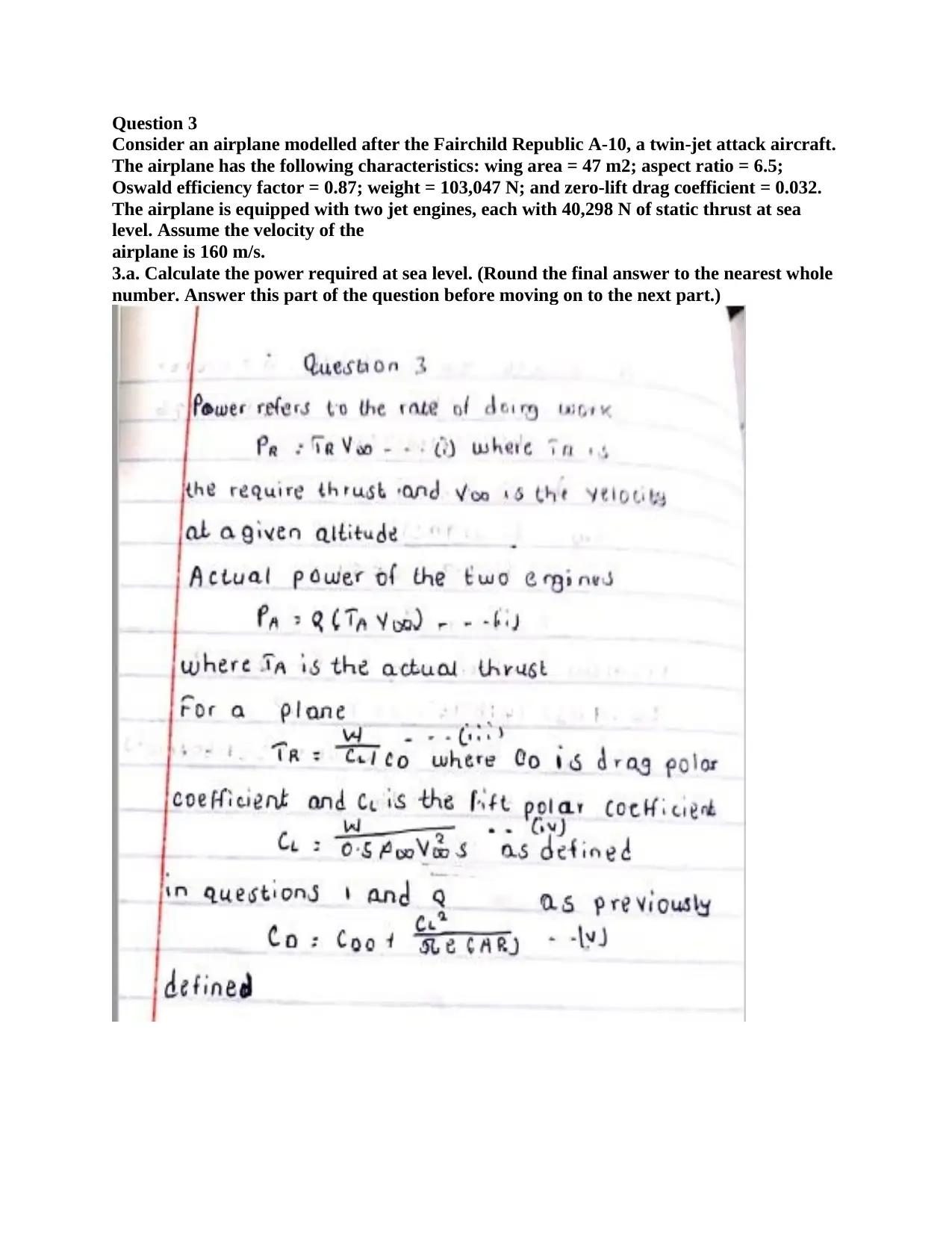
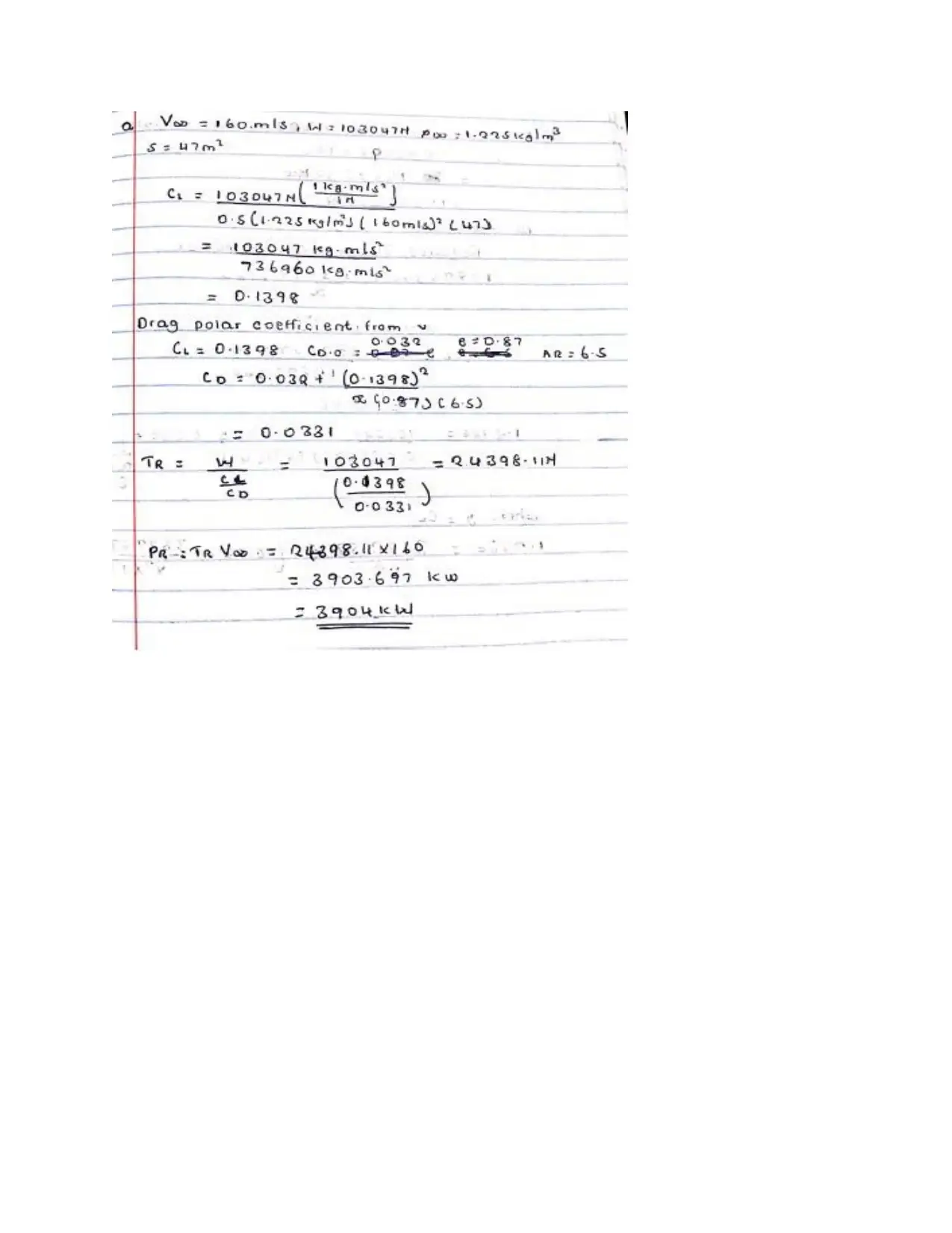
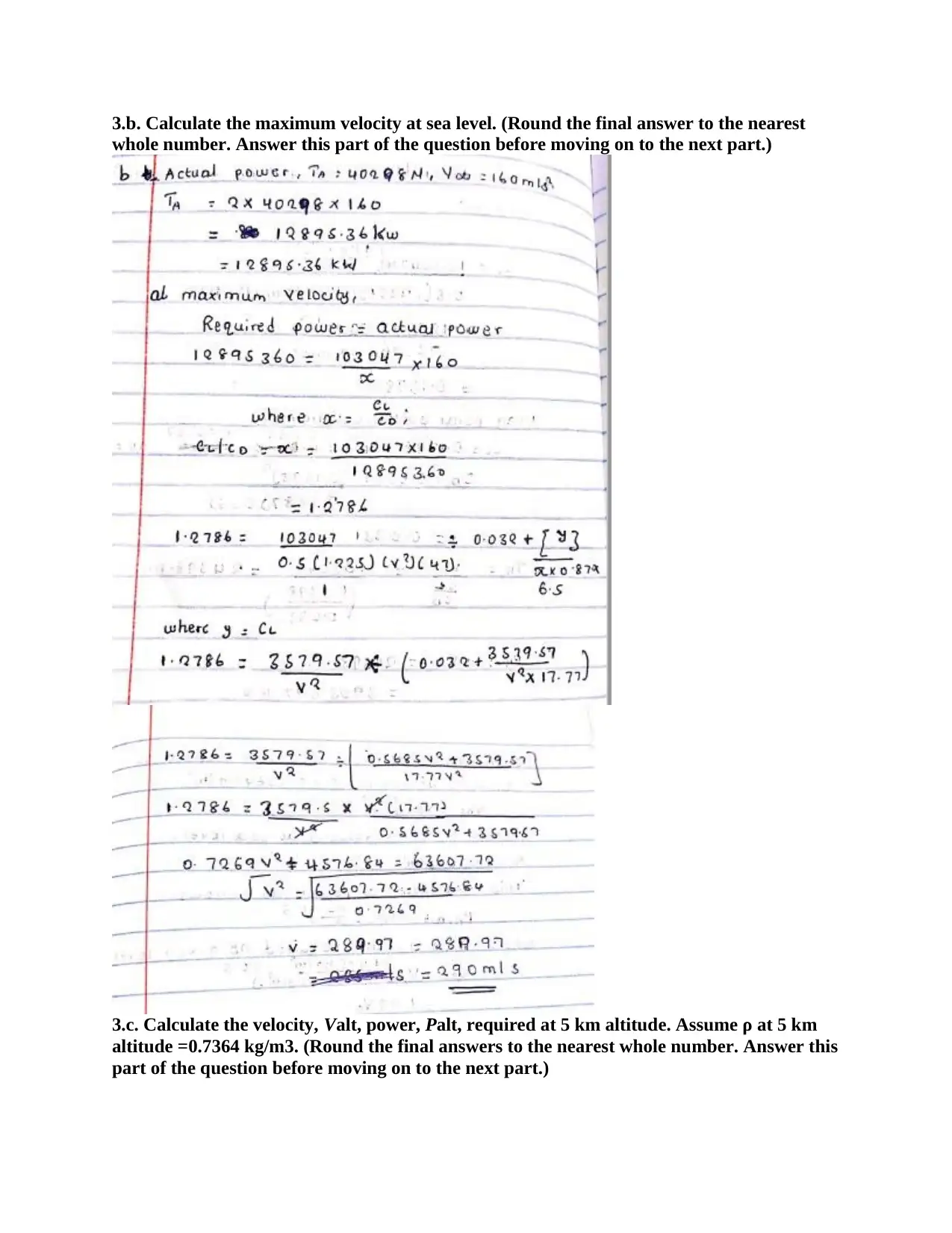
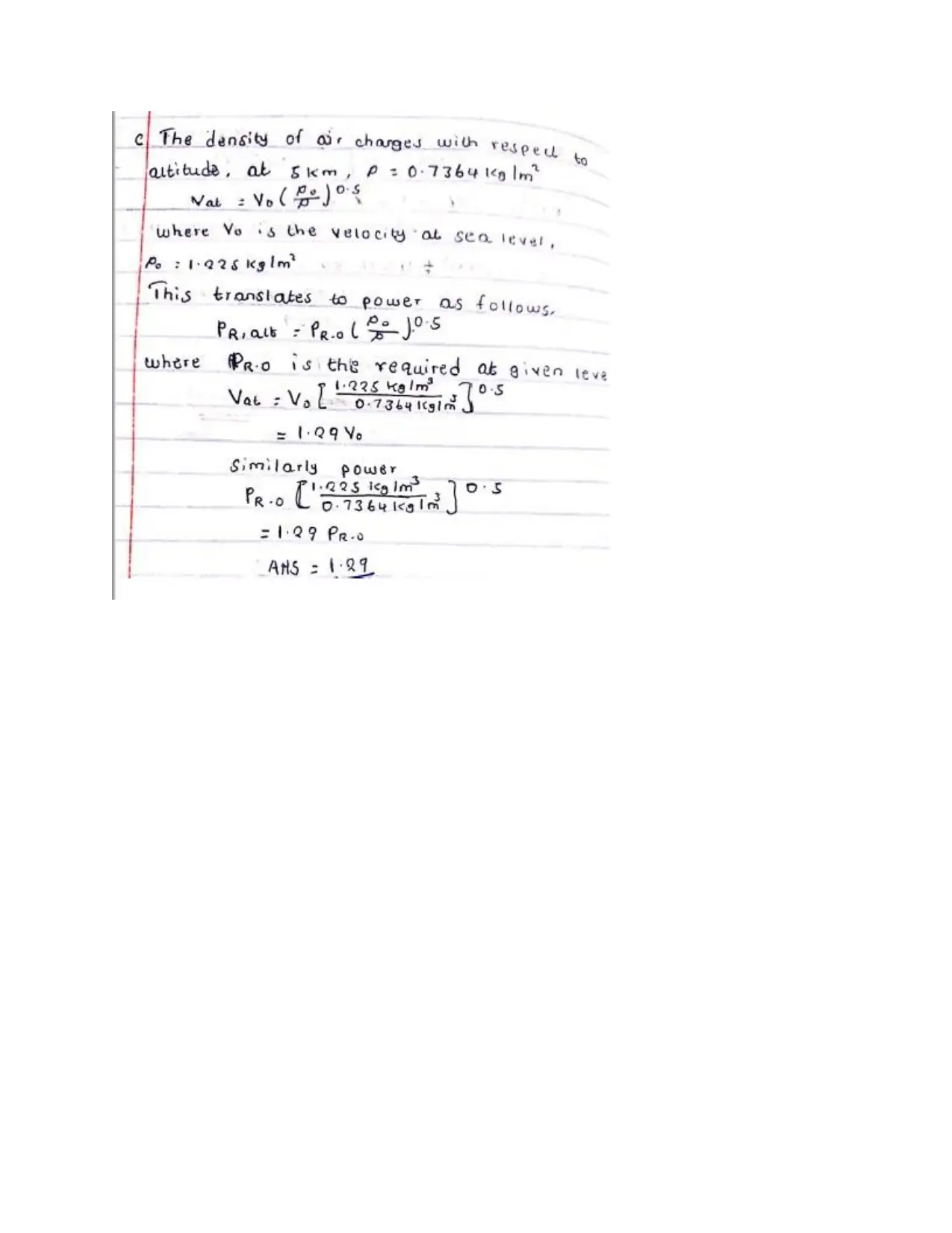
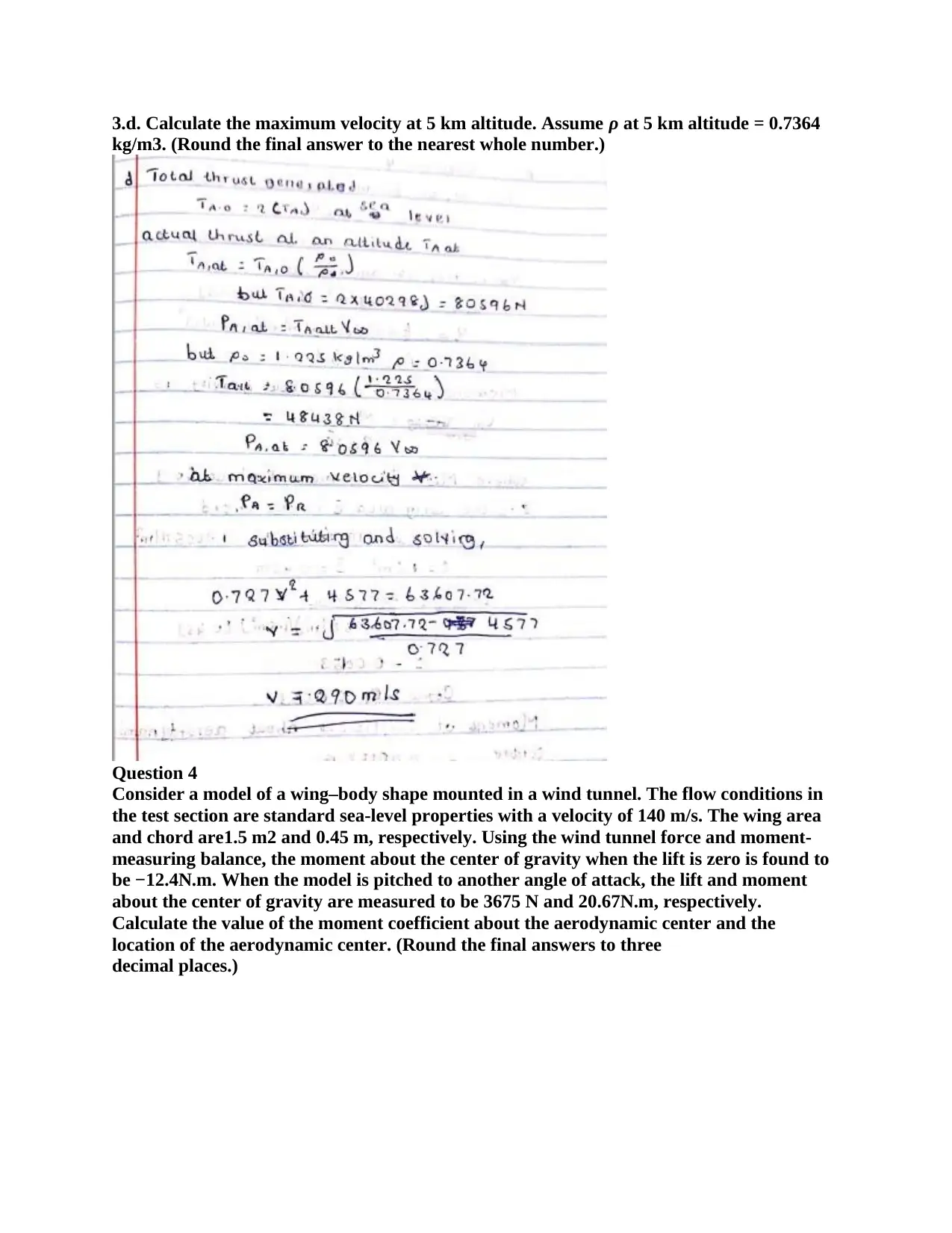
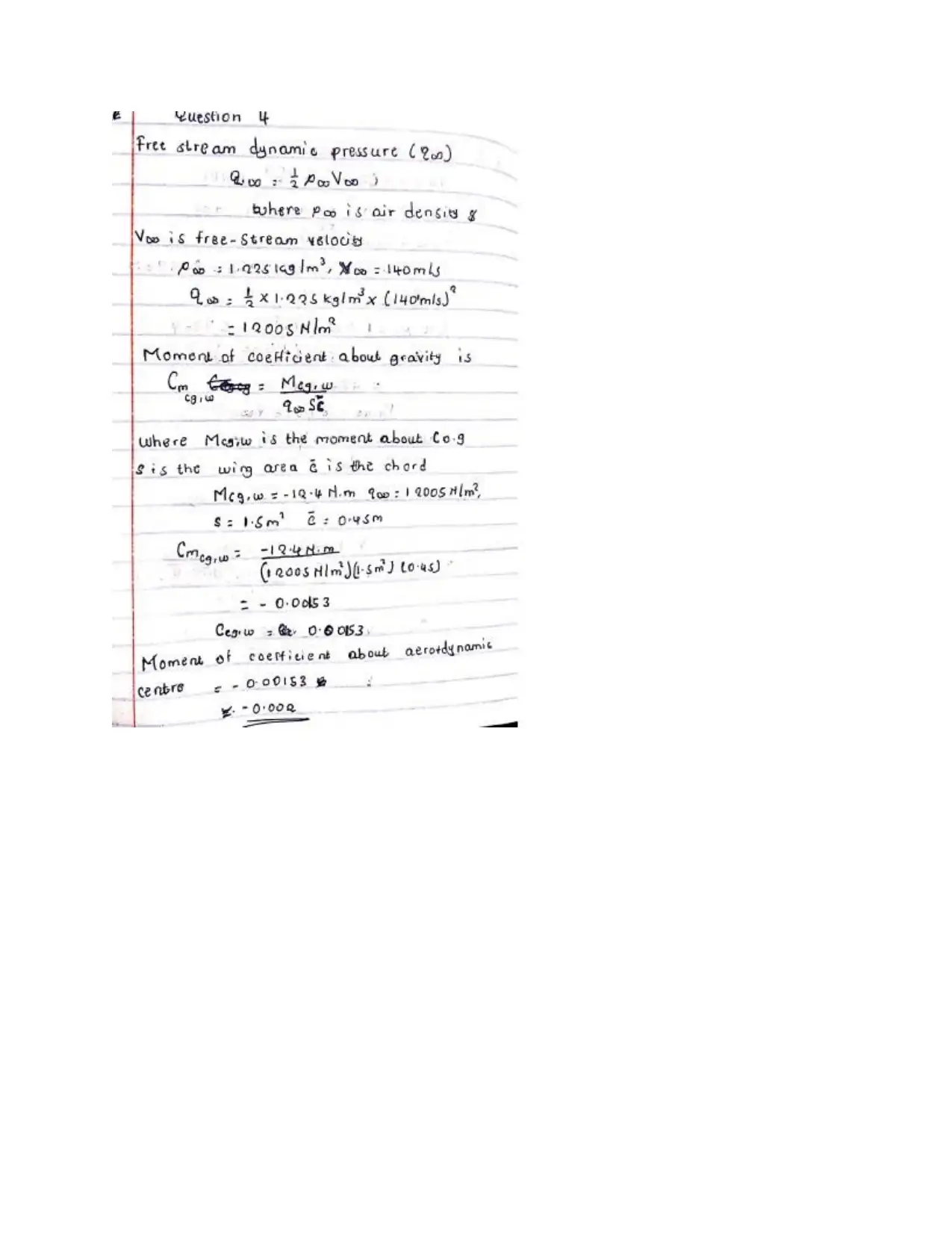

![[object Object]](/_next/static/media/star-bottom.7253800d.svg)